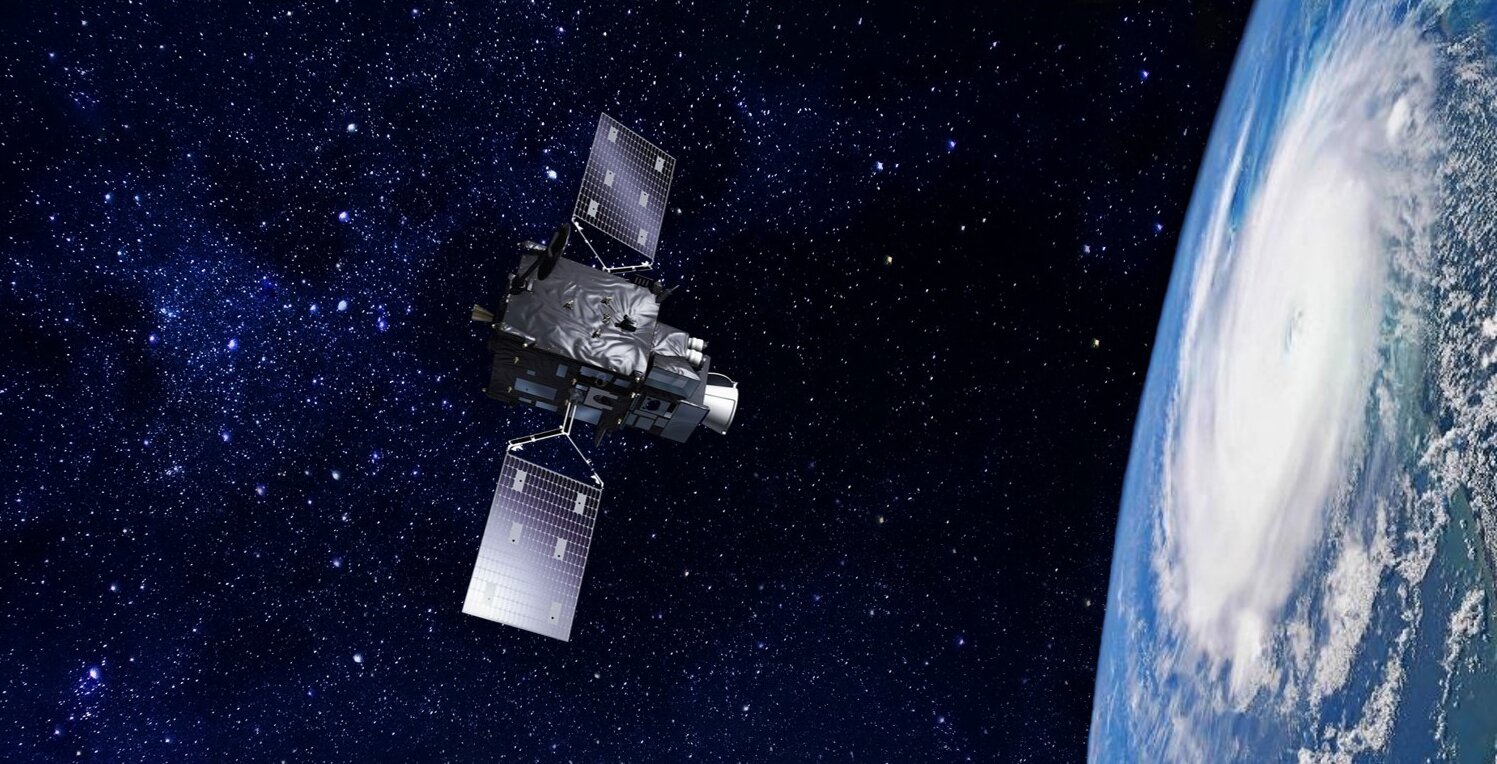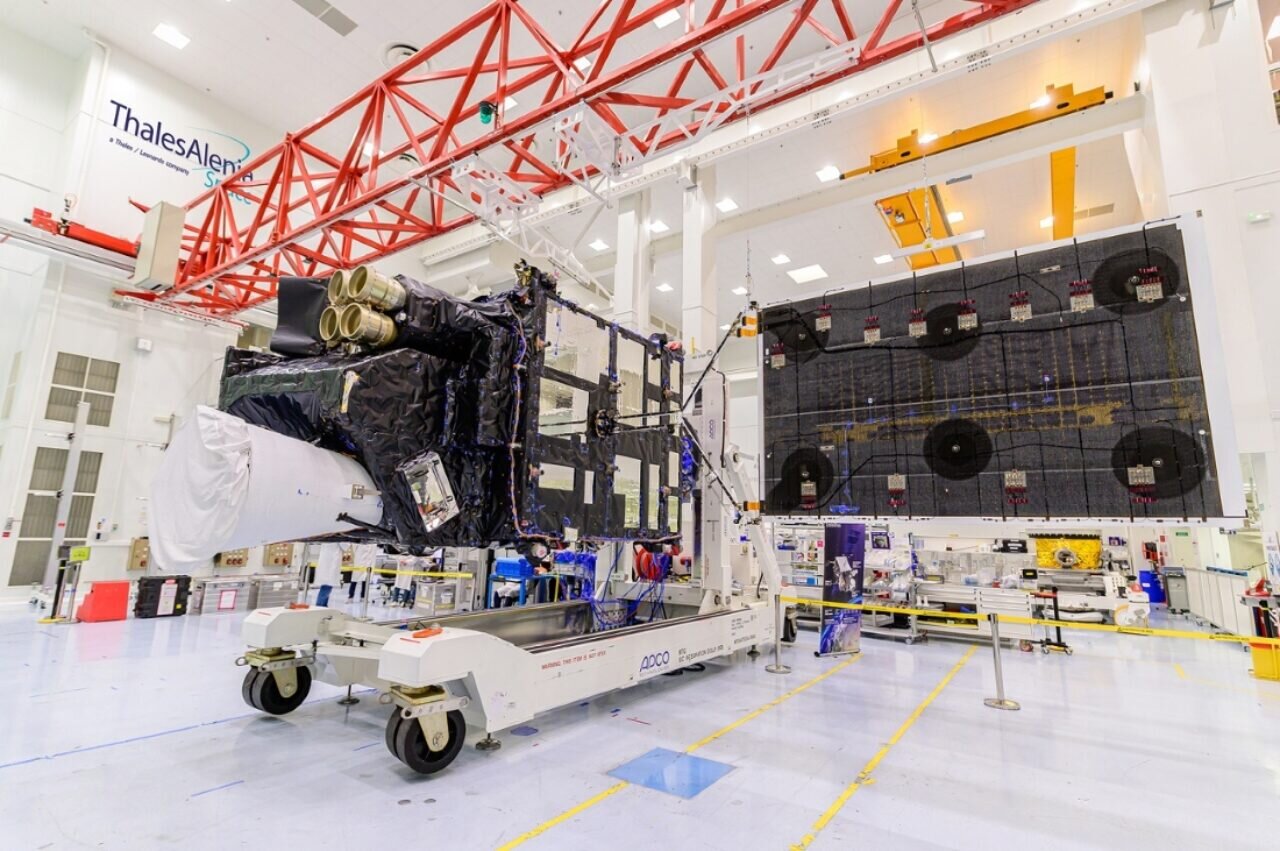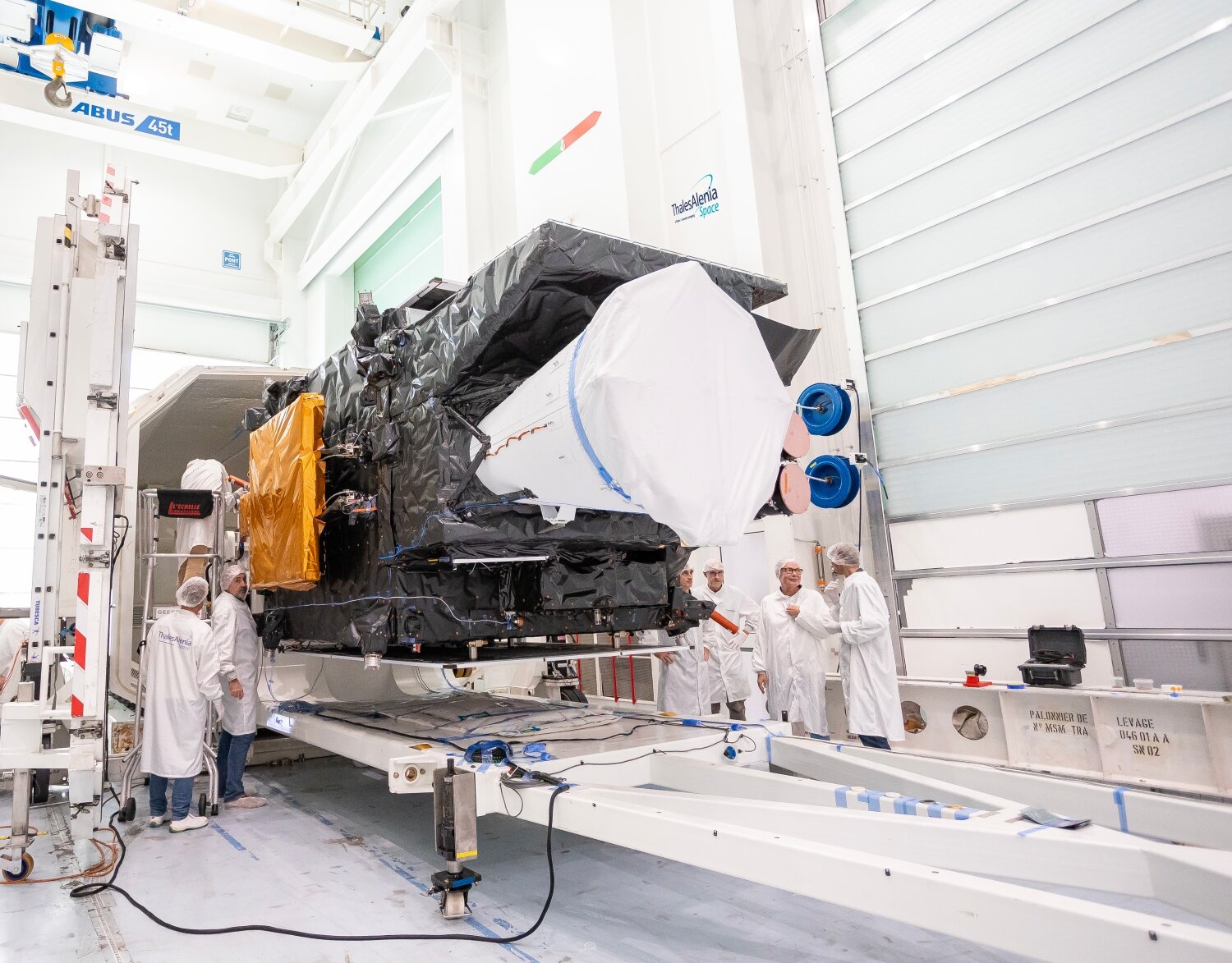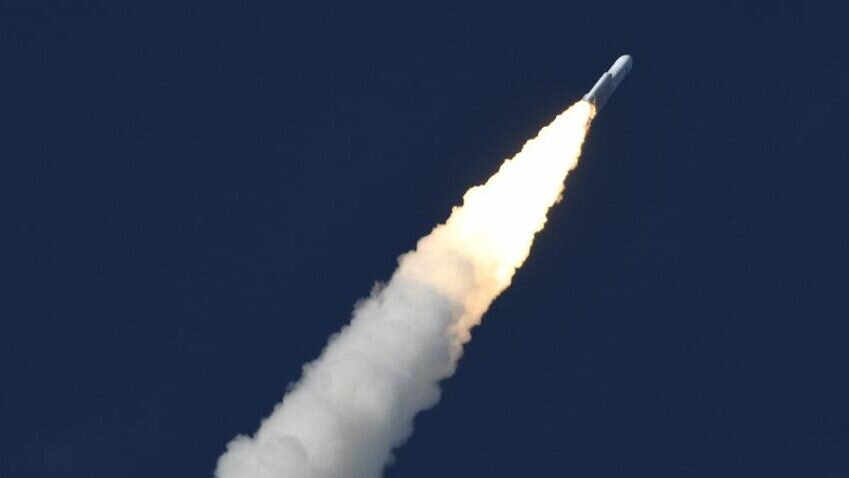The MTG-I1 weather satellite, built by prime contractor Thales Alenia Space, the joint company between Thales (67%) and Leonardo (33%), was successfully launched today by an Ariane 5 rocket from the Guiana Space Center, Europe’s Spaceport in Kourou, French Guiana.
MTG-I1 is the first imaging satellite in the Meteosat Third Generation (MTG) program, designed to improve weather forecasting in Europe and Africa. Designed as a follow-on to the Meteosat Second Generation (MSG) series, the MTG program is a collaborative venture between the European Space Agency (ESA) and EUMETSAT to ensure the continuity of high-resolution weather monitoring to 2040 and beyond. Built by Thales Alenia Space in cooperation with OHB, the MTG satellites will operate in geostationary orbit, 36,000 km above the Earth, and have a lifespan of 8.5 years.

The MTG-I1 satellite features a new-generation flexible combined imager (FCI), designed to improve the accuracy of weather forecasts from several minutes to several hours before events. It delivers a complete image of the Earth (in 16 wavebands) in only 10 minutes (versus 15 minutes for the previous generation) and includes a fast mode capable of providing images of Europe every 2.5 minutes. It has a spatial resolution of 500 meters to 1 km.
The satellite also carries an ultra-sophisticated lightning imager (LI), the first of its kind in Europe. Comprising four cameras, it detects cloud-to-cloud and cloud-to-ground flashes, day or night and in all other conditions. This unique instrument, developed by Leonardo, will further our knowledge of how lightning is generated and improve emergency population warnings as well as weather nowcasting, traffic control safety and climate change awareness.

This first satellite in the MTG family, set to start operation in 2023, will be joined by three other imaging satellites (MTG-I) and two sounding satellites (MTG-S) between 2024 and 2033. Operated by Eumetsat, this geostationary constellation marks a significant improvement in our ability to track extreme meteorological events.
“I’m delighted with the successful launch of the first imaging satellite in the Meteosat Third Generation fleet,” said Hervé Derrey, Chief Executive Officer of Thales Alenia Space. “Not only will this satellite improve immediate weather forecasting, it will also give us an unprecedented anticipation of extreme weather events in Europe and Africa. The launch of MTG-I1 comes at the right time to improve the detection of violent storms, a growing threat exacerbated by climate change. Our teams can be very proud of the work they’ve performed on this program, along with our trusted partners.”
European meteorology has become increasingly accurate over the decades. With the first-generation Meteosat satellites, images were updated every 30 minutes, a figure reduced to 15 minutes on the second generation. MTG will further reduce this refresh rate to just 10 minutes in full disk mode and 2.5 minutes in fast mode for Europe, making weather forecasts even more reliable than ever.

Meteosat satellites have been the main source of meteorological data for Europe and Africa since 1977. Thales Alenia Space has been prime contractor for these satellites on behalf of ESA from the start. The company delivered into orbit seven first-generation Meteosat satellites and four second-generation Meteosat satellites (MSG), two of which are still in service today. The company, currently building the six MTG satellites in partnership with OHB, is also involved in the development of the ground segment for EUMETSAT, by designing and building the first-level image data processing component, while Thales is implementing the second-level data processing for both image and sounder instruments, producing data distributed by EUMETSAT and exploited by the meteorological instances of each member state. Telespazio, a joint venture between Leonardo (67%) and Thales (33%), is also involved in the ground segment — both for data acquisition and for satellite command and control — and will supply EUMETSAT with launch and early orbit phase (LEOP) services for two satellites, with an option for a third.









